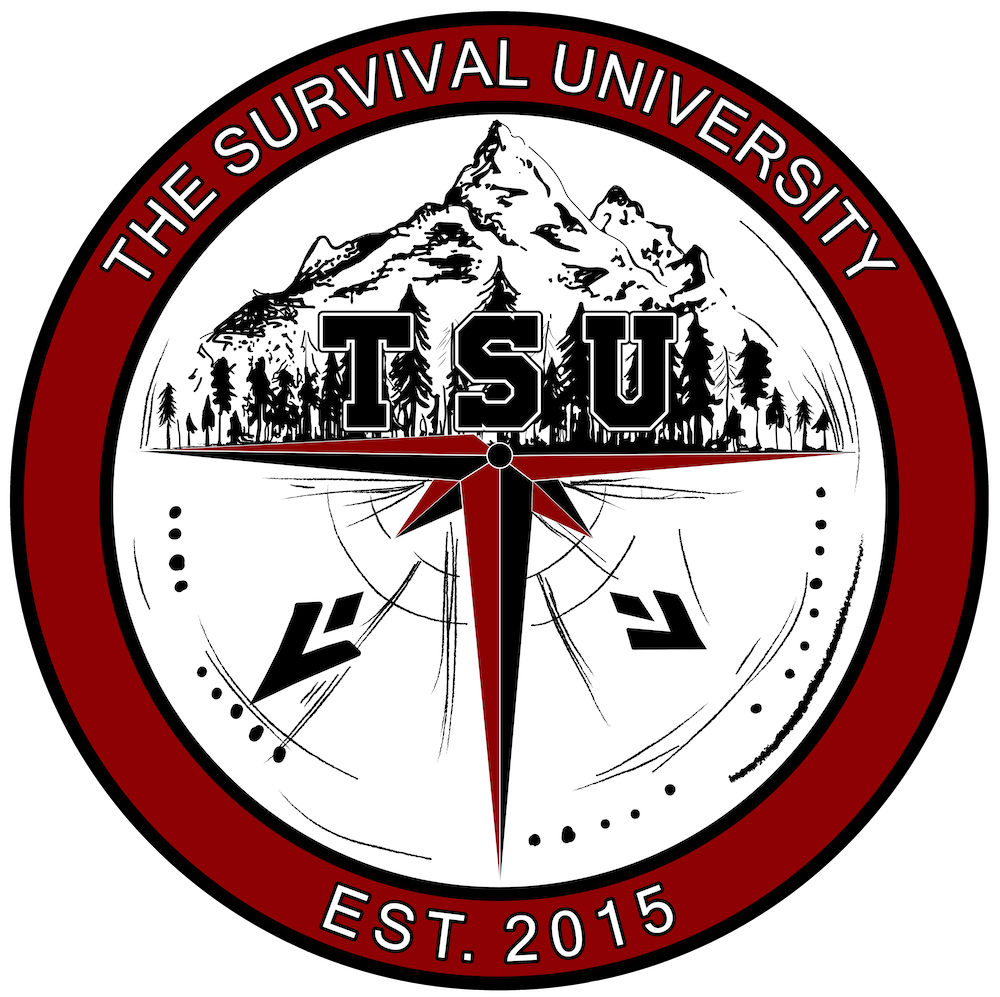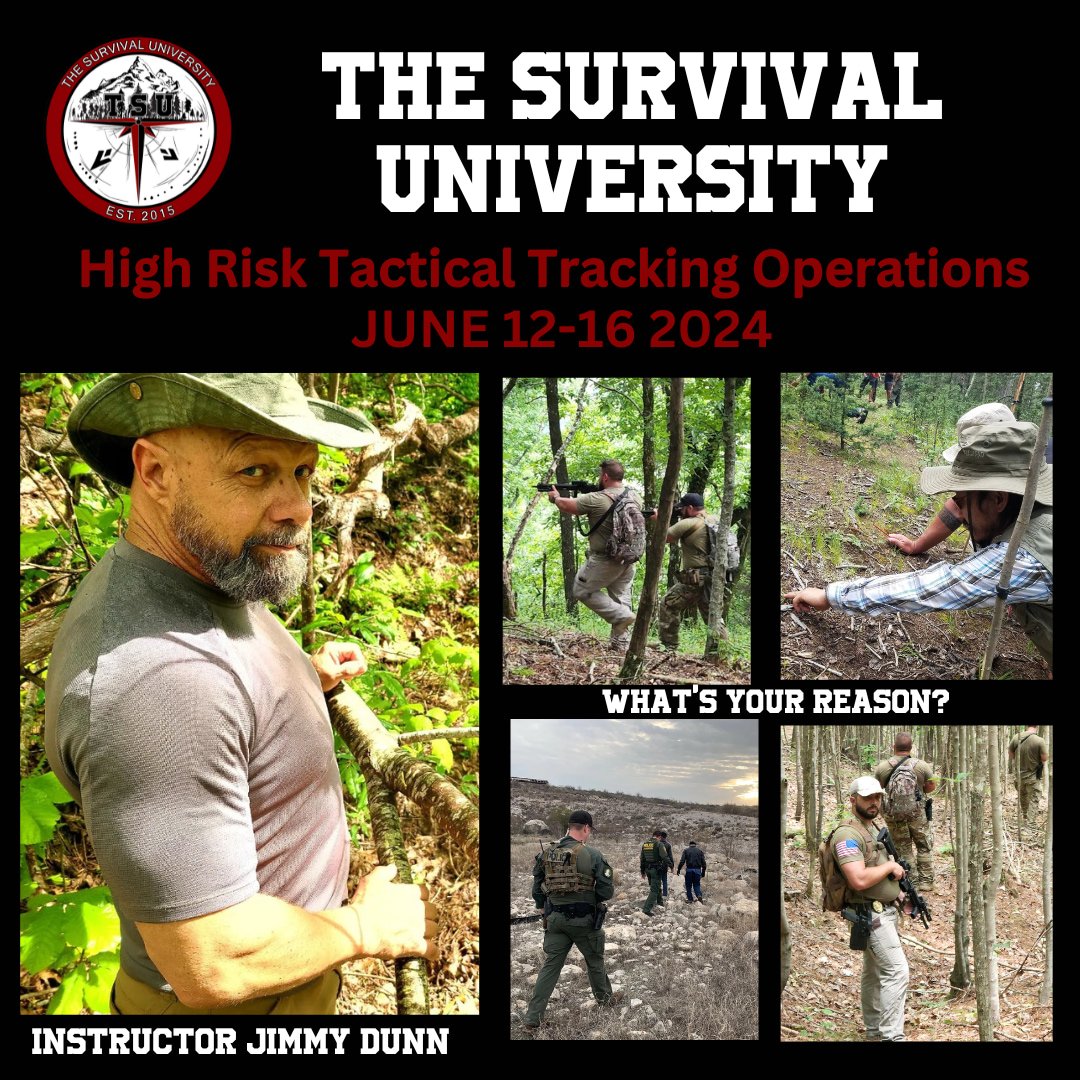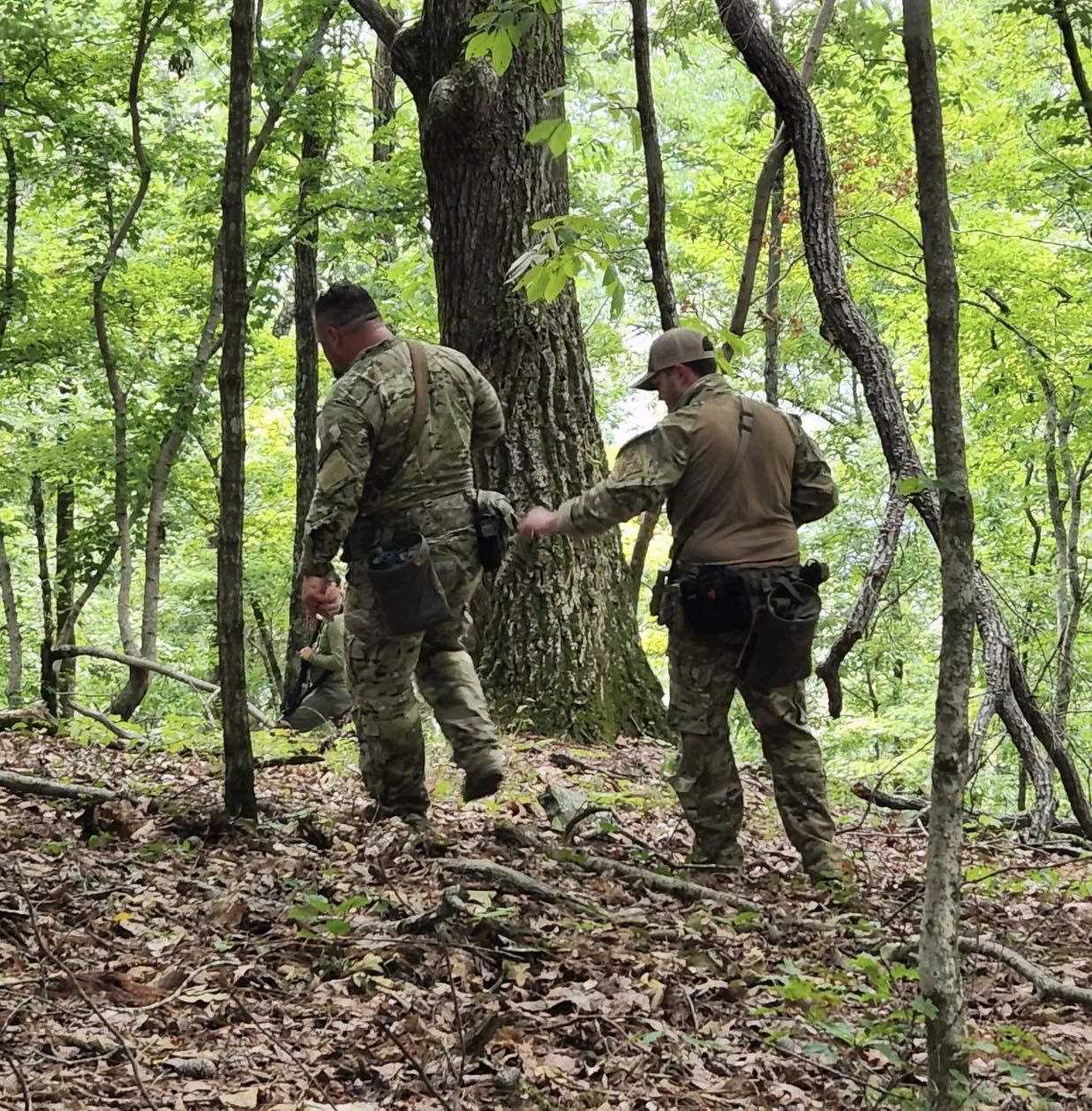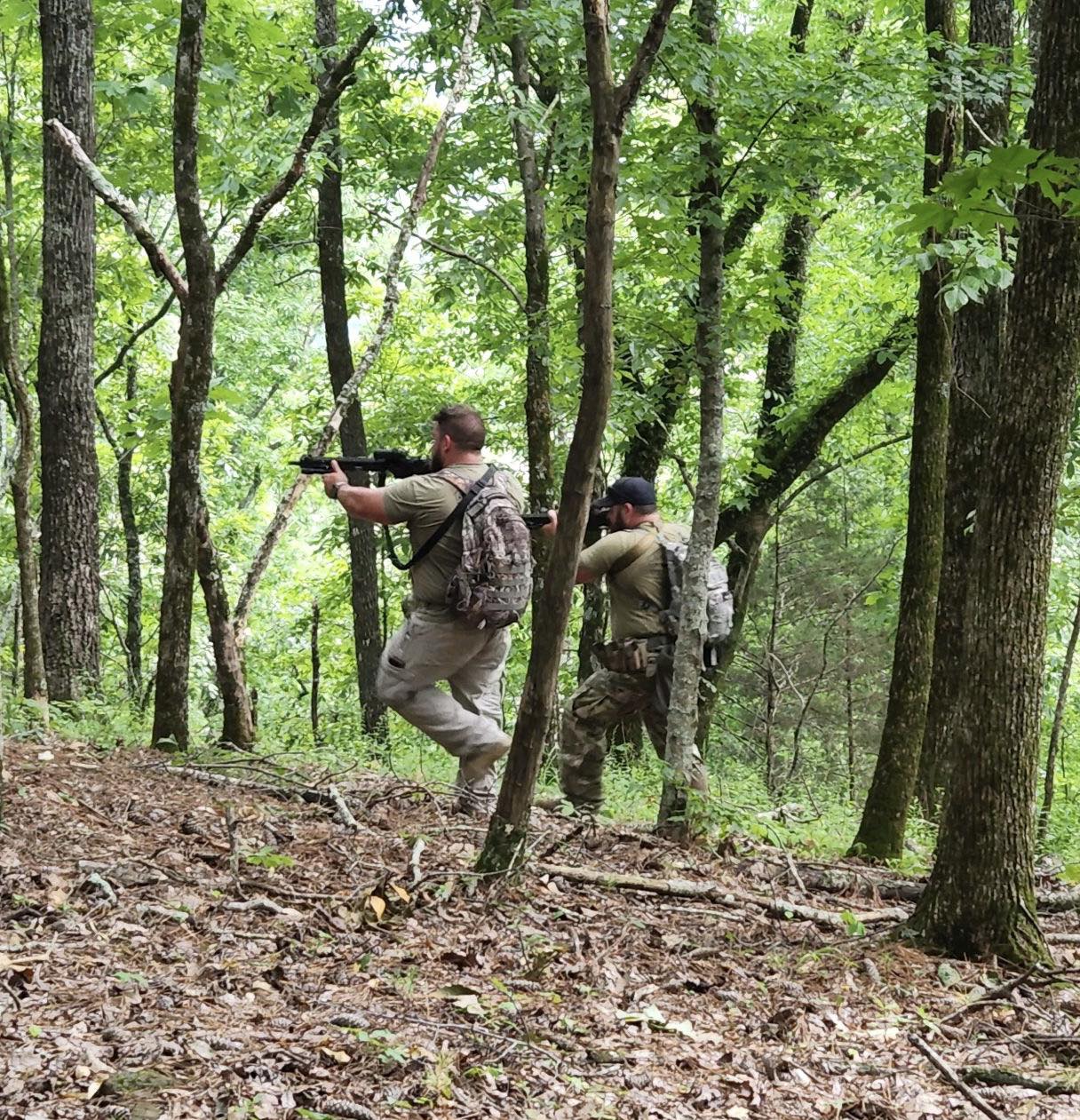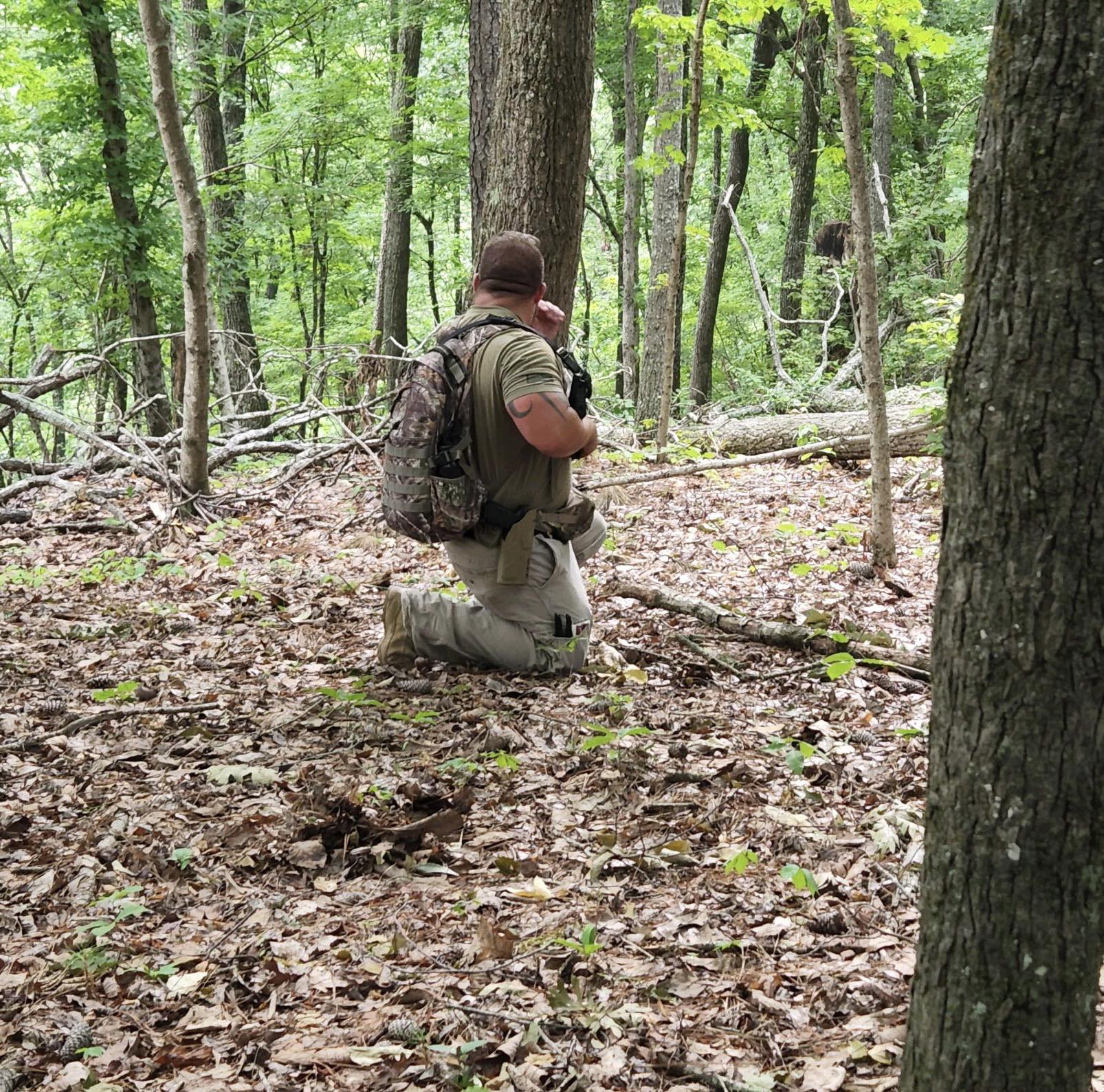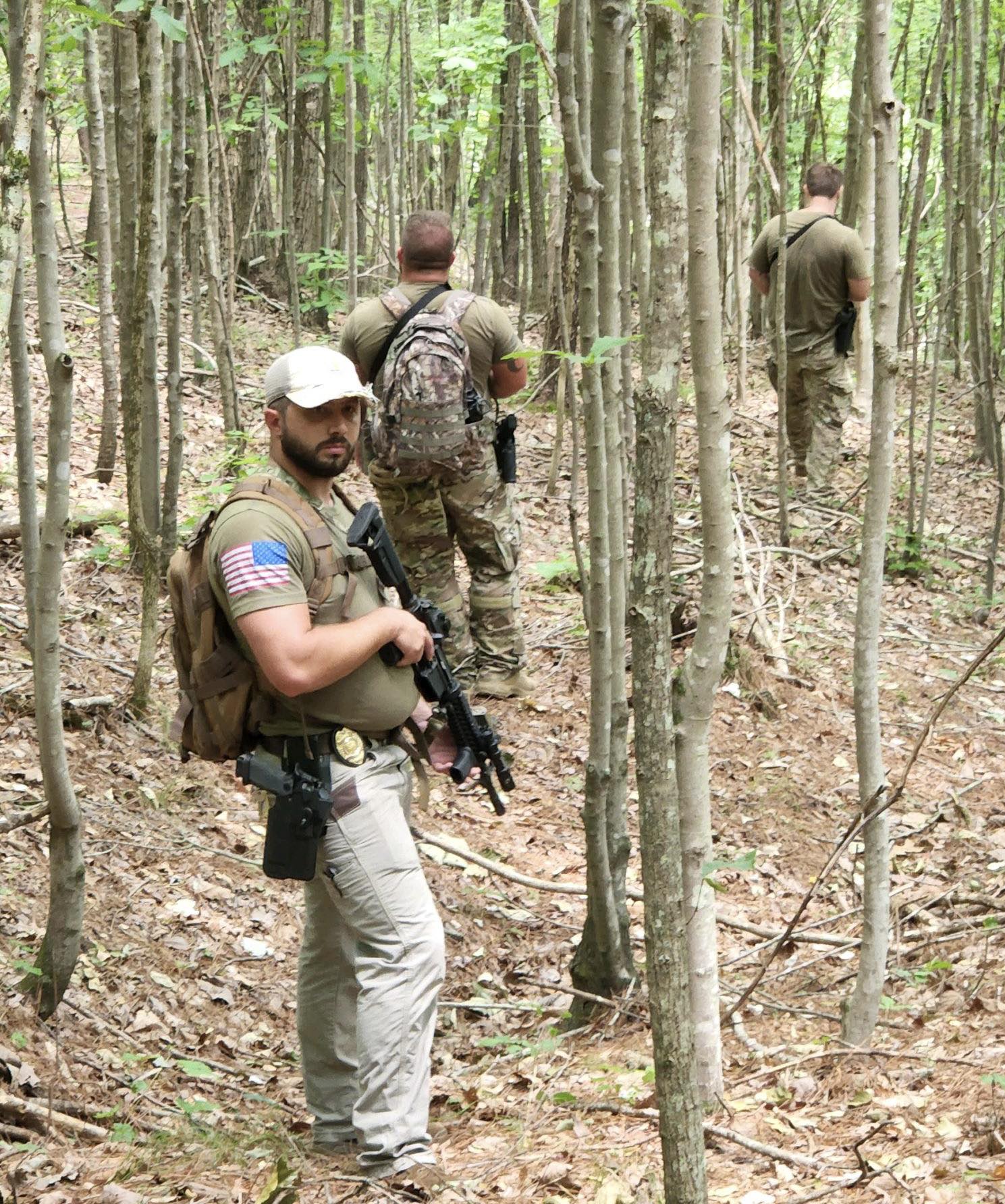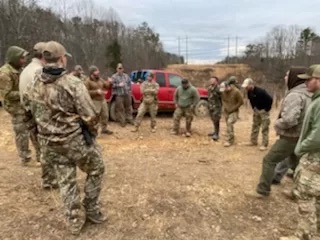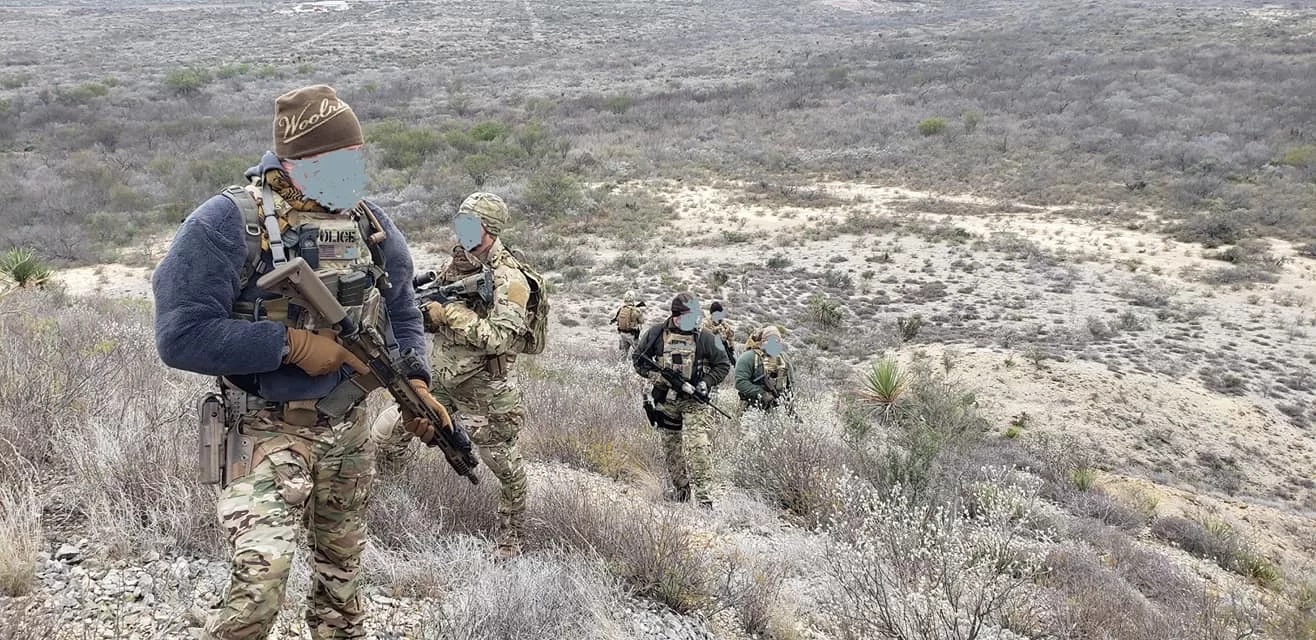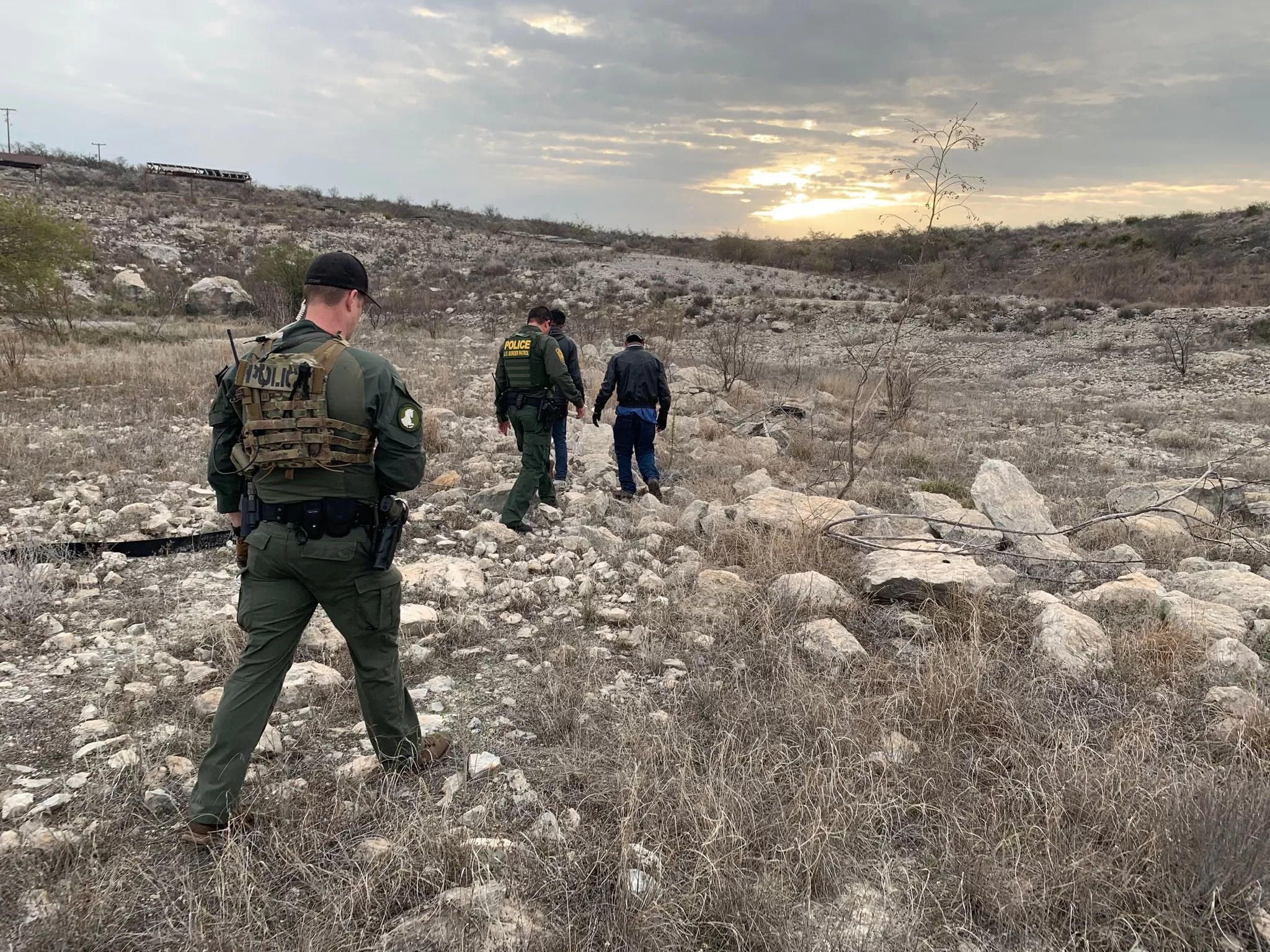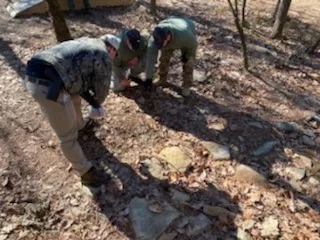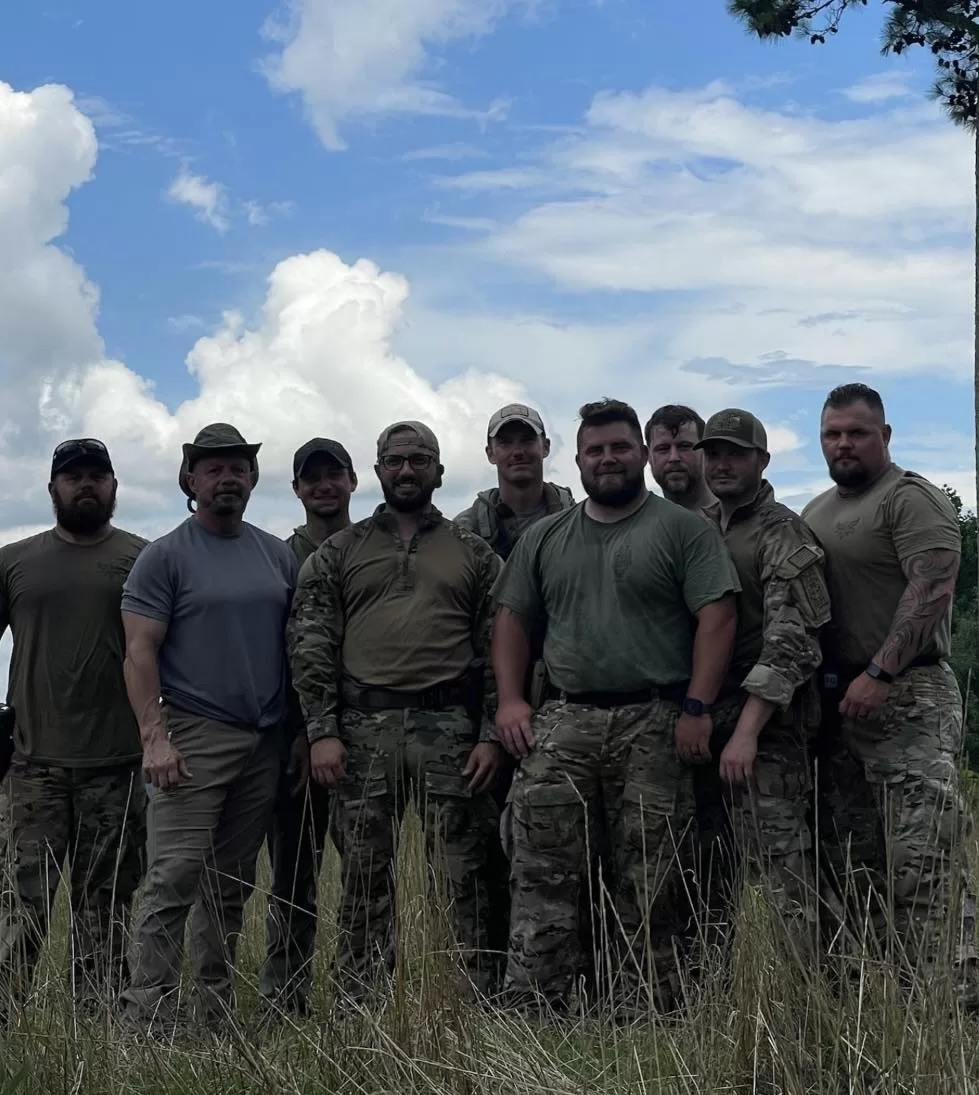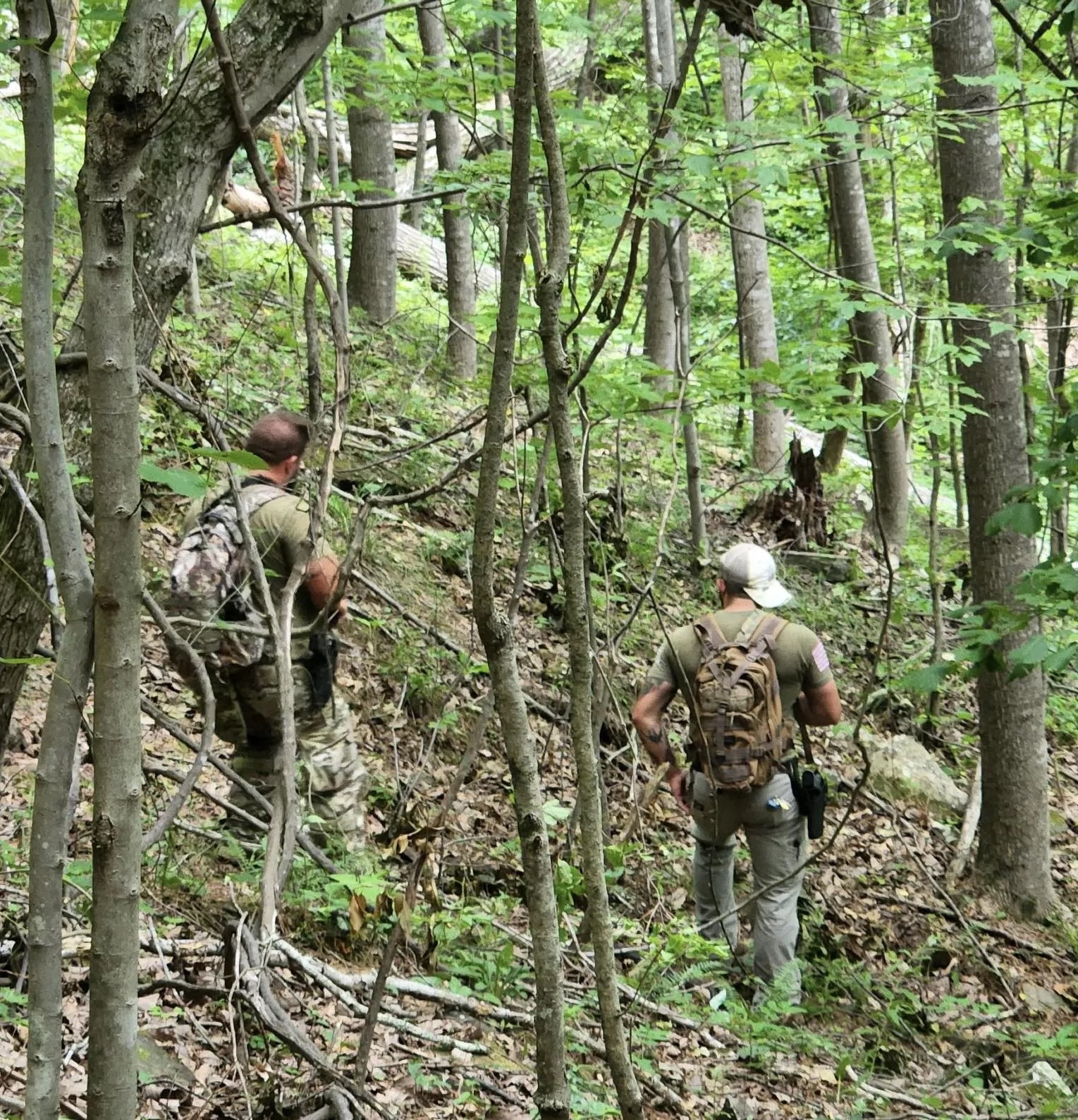⇠ Back to Products
SEARCH AND RESCUE – HIGH RISK TACTICAL TRACKING OP
$795.0
This course is designed to provide law enforcement officers and military personnel the fundamental skills necessary to safely track armed fugitives using team tactics. Through visual perception and cognitive ability, students will learn to detect, analyze, collect, and follow visual cues created by the passage of humans, animals, and vehicles. The techniques presented in this program can also be used for Search And Rescue missions.
Dates
July 12-16, 2024
TRACK LIKE A RHODESIAN SELOUS SCOUT
This class is suitable for to ACTIVE DUTY LAW ENFORCEMENT AND MILITARY PERSONNEL!If you are not Active Duty LEO or military and wish to attend this tracking class, please contact us first to discuss taking this class.
YOUR INSTRUCTOR:
Jimmy Dunn – Jimmy Dunn spent over 20 years as a law enforcement officer with the National Park Service and was trained by world renowned tracker David Scott-Donelon and instructed for him for four years. During that time he accumulated a wide variety of skills, training, and experience. He worked closely with the local Sheriff’s Office, serving on their Special Response Team (SRT), and further developed as team leader for the county’s multi-agency Tactical Tracking Unit. Jimmy worked closely with local Search And Rescue (SAR) teams with high angle rescue as the primary responsibility. He also served as part of the National Park Service Special Event Tactical Team (SETT) in the Southeast Region and was the primary tracker for the team. SETT is responsible for a number of security and tactical operations in a wide range of events. Border security, drug interdiction, presidential inaugurations, and protests are just some of SETT’s responsibilities.EVENT DESCRIPTION
High Risk Tracking Operations course outlineThis tactical tracking course is designed to provide law enforcement officers and military personnel the fundamental skills necessary to safely track armed fugitives using team tactics. Through visual perception and cognitive ability students will learn to detect, analyze, collect, and follow visual cues created by the passage of humans, animals, and vehicles. The techniques presented in this program can also be used for Search And Rescue missions.
Through both classroom and field exercises Search And Rescue (SAR) personnel, along with others, who are tasked with First Responder capabilities, will be instructed in the methods and tactics of tracking lost or fleeing persons within a wooded, or wilderness environment. Students will be instructed in both individual and team tracking techniques. By the end of the course students will be able to discern whether the lost person is moving by day or night and/or intentionally avoiding rescuers. Students will have a basic understanding of various tracking techniques and will possess the tools that will allow them to successfully locate tracks in varied terrain.
TRAINING OBJECTIVES:
At the end of this block of instruction students will be able to work as a member of a tactical or SAR tracking team in a wilderness environment while using visual techniques, terrain, and weather conditions to locate tracks and “sign” left by a lost person in passing.STUDENTS WILL BE INSTRUCTED IN THE FOLLOWING:
- Duties of the individual tracker
- Duties of a tracking team member
- Tracking team communications
- Command duties and responsibilities
- SAR team tracking formations
- Lost track procedures
- Locating track and “sign” evidence
- Track aging
- This course is highly suitable for Law Enforcement, Forest Rangers, Military, SAR, and other personnel that may need to track a suspect or lost individual in any environment.
SUGGESTED GEAR LIST
We do not provide students with gear unless they have purchased it from us ahead of time. Not much gear is needed for our courses, though good equipment does speed the learning process up greatly! Gear does not have to be purchased from our store to attend the course, but we recommend survival gear of equivalent quality.High Risk Tracking Gear List
- Patrol rifle – semi auto with detachable magazine. AR15, or similar, w/3 magazines. Handguns will not be used.
- Eye and ear Protection (Clear lens eye protection is recommended)
- Field clothing – Camo or earth tone. No black.
- Mag pouch for spare mags
- 100 rounds of ammo.
- Boonie hat – Caps will not work for the course.
- Gloves – Not black
- Face covering or face paint for FTX
- Small set of pruning shears
- Day pack – Volume to hold enough food and clothing for the day.
- Hydration system or Nalgene bottles capable of holding at least 2 liters of water. More is better.
- Food for the week including snacks. Lunch will be in the field every day except day 1.
- Clothing appropriate for the weather. Expect anything.
- Wet weather gear (optional)
- Boots that are well broken in. Preferably not black.
- Knee pads (optional but highly recommended)
- Knife
- Watch
- Individual first aid kit (IFAK)
- Flashlight with colored lenses
- Although handguns will not be used in the class it is recommended that duty/patrol belts be worn if it’s part of your job.
- Compact binoculars are helpful but not necessary for the course.
- Pencil and paper
- Good quality insect repellent with Deet (optional)
- Folding Chair (optional)
- Seasonally appropriate equipment to remain overnight in field conditions.
- Please note that training will take place regardless of weather.
